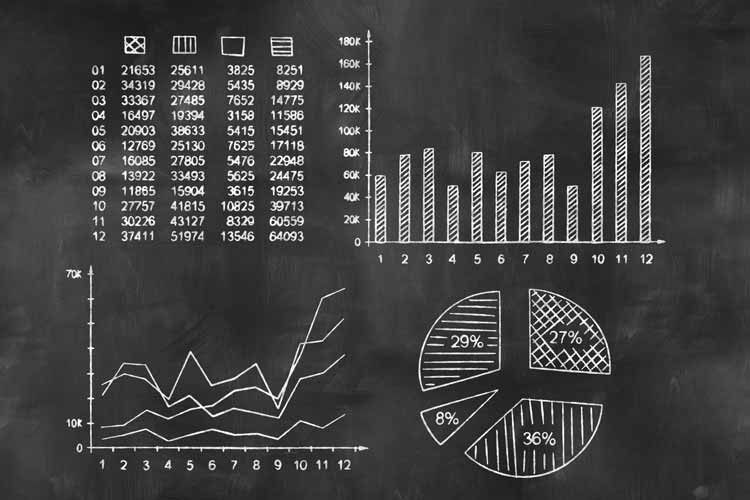
Bullish respondents have been below 50% on the AAII sentiment poll for two years running -- something that's only happened once before
My colleague, Schaeffer's Quantitative Analyst Chris Prybal, noted recently that the percentage of bullish respondents in a weekly sentiment poll by the American Association of Individual Investors (AAII) has been below 50% for the past two years, or 104 straight weeks. We have data from this poll going back to 1987, and this is just the second time we've seen a streak like this. The last streak lasted from January 1993 until early 1995. Stocks were remarkable following this period, so it made me curious to compare that streak to the current streak, and to see if there's anything to streaks like this in general.
Current Streak vs. 1990's Streak: Interestingly, both streaks started when the S&P 500 Index (SPX) was at or near all-time highs. When the streak began in early 1993, the index had gained about 30% over the previous two years, and when this recent streak began, it was up about 40% in the previous two years. So there are some parallels leading up to the streak.
The chart below shows the SPX return during the two-year streaks of AAII bulls being below 50%. The second chart shows the bullish percent during the streak. Looking at the return chart, it's easy to see why the bulls remained below 50% during first half of the current streak, as stocks struggled. Stocks continued to do well during the prior streak, so it is a little mind-boggling why the bulls did not get to 50%. In hindsight, that pessimism was a very good contrarian signal leading to big gains over the next few years. Ultimately, the returns ended up somewhat similar over the two-year period.


In the second chart showing the percentage of bulls, you can see in the previous streak the percentage of bulls did get very near 50% before quickly retreating when stocks finally began to struggle. During the current streak, the bulls haven't been close to the 50% mark until very recently.
In conclusion, when comparing these two instances, I would say the bullish contrarian case was stronger during the streak in the 1990s. Stocks struggled during the first part of the current two-year streak, so it's understandable that the bullish percentage fell. Maybe it fell more than warranted and is taking some time to recover, but it's still not hard to understand. Compare that to the prior streak, where stocks continued higher over the next full year, and yet the bullish percentage still fell to below 20%. Looking back, it seems like such an obvious "buy" signal.
Bulls Below 50% Streaks: I mentioned earlier that I would take a more general look at how stocks do following streaks. The theory would be the lack of bulls is an indication that a significant number of investors haven't bought into the market. Thus, there is a significant amount of sideline money waiting to be utilized. When investors finally turn bullish, that money moves to stocks, creating a sustained rally.
So do the numbers support this theory? The first table below shows returns for the S&P 500 after the percentage of AAII bulls had been below 50% for at least six months and then moved above 50%. Also, the SPX had to be positive during the streak. Using this as a signal gives us 16 prior occurrences. The returns look only slightly bullish when compared to anytime returns since 1989 (the year of the first signal). When you get out to three months and beyond, the average return is better than the anytime average -- though not by a remarkable amount -- and the same goes for the percent positive. For example, a year after a signal, the SPX averages a gain of 11.22%, with 81% of the returns positive. The typical numbers are an 8.50% return and positive 78% of the time.

Sign up now for a trial subscription of Schaeffer's Expiration Week Countdown! We'll send you 5 trades for expiration week, each targeting double- or triple-your-money gains in less than 5 days.